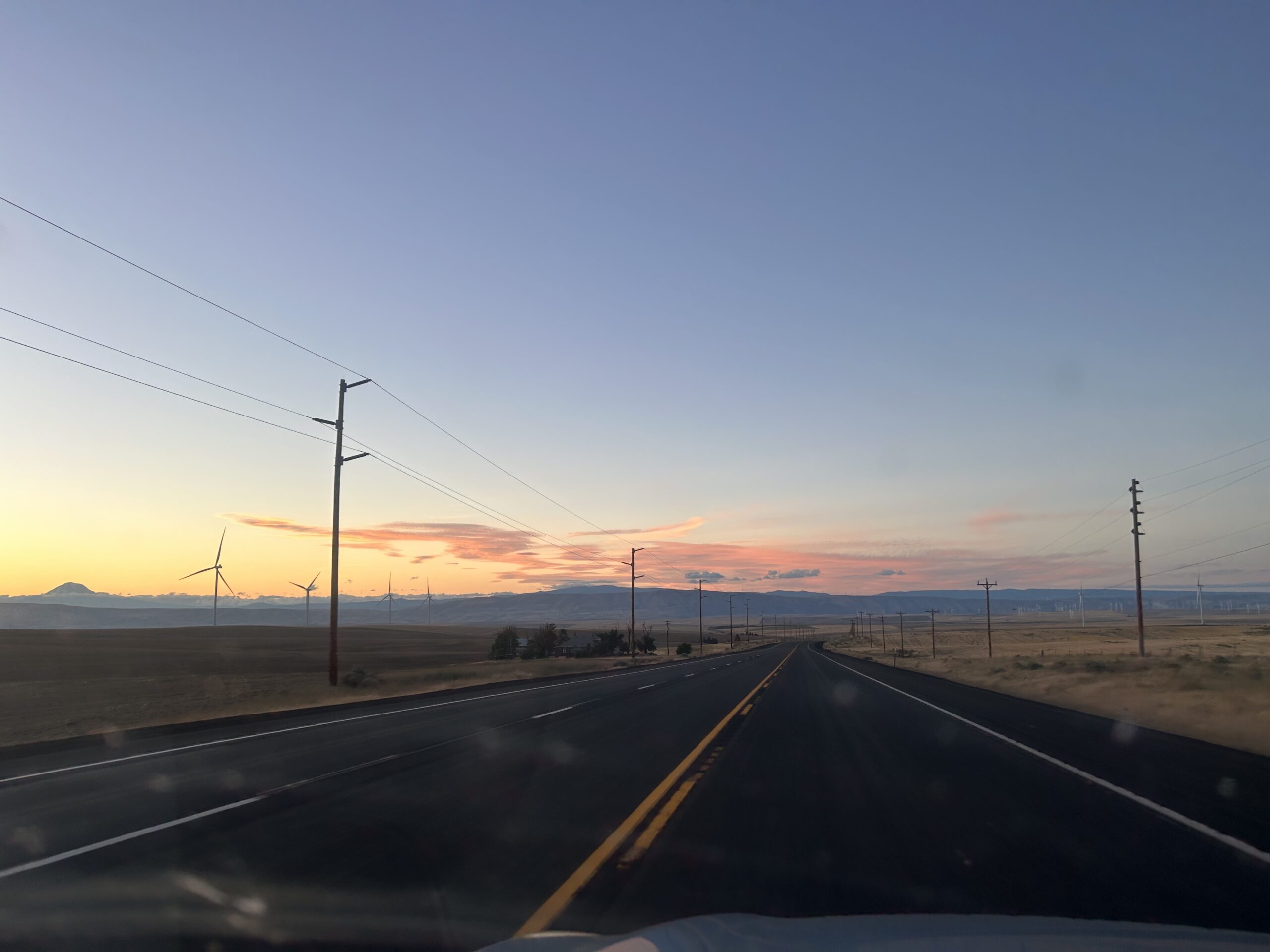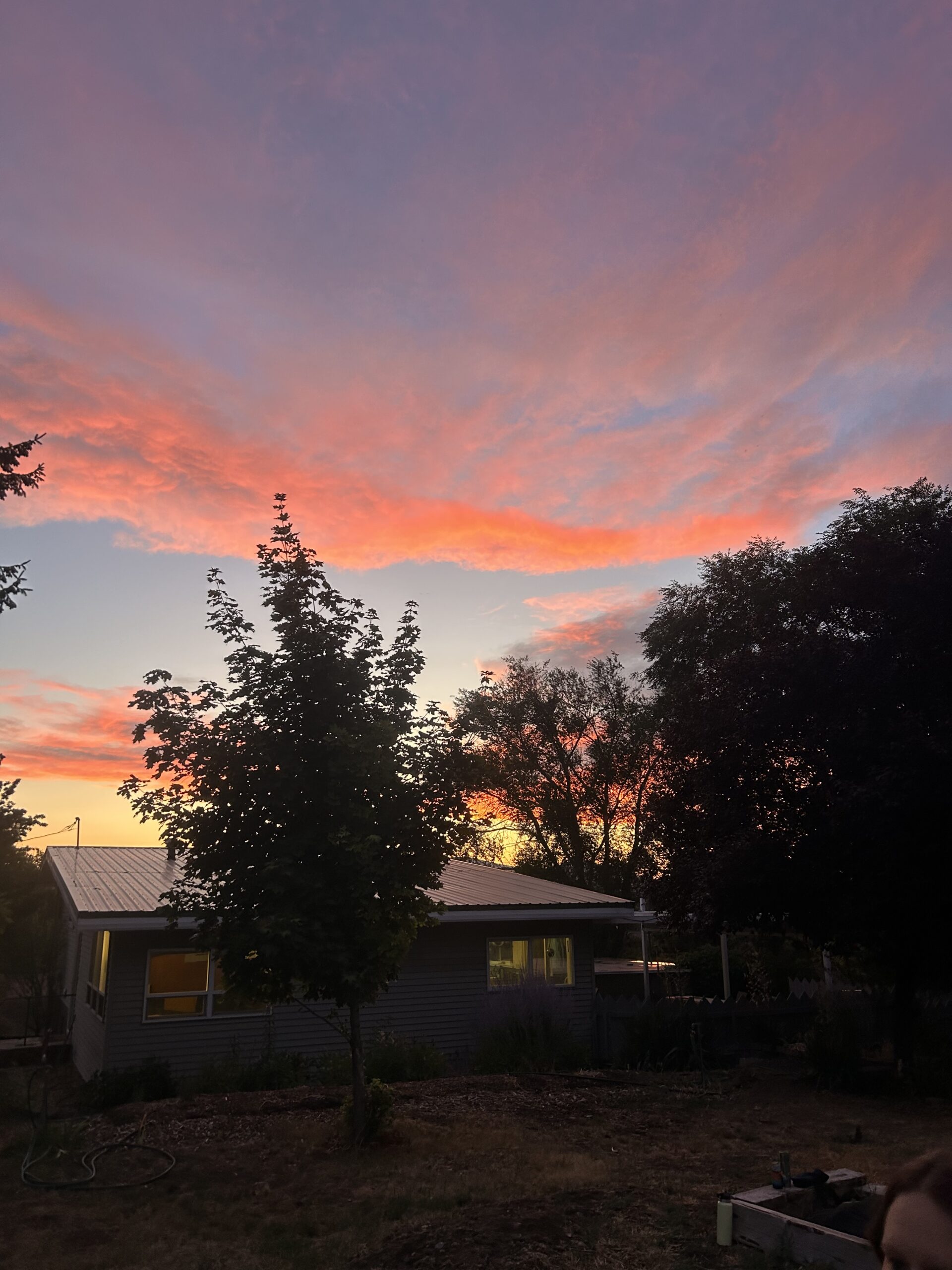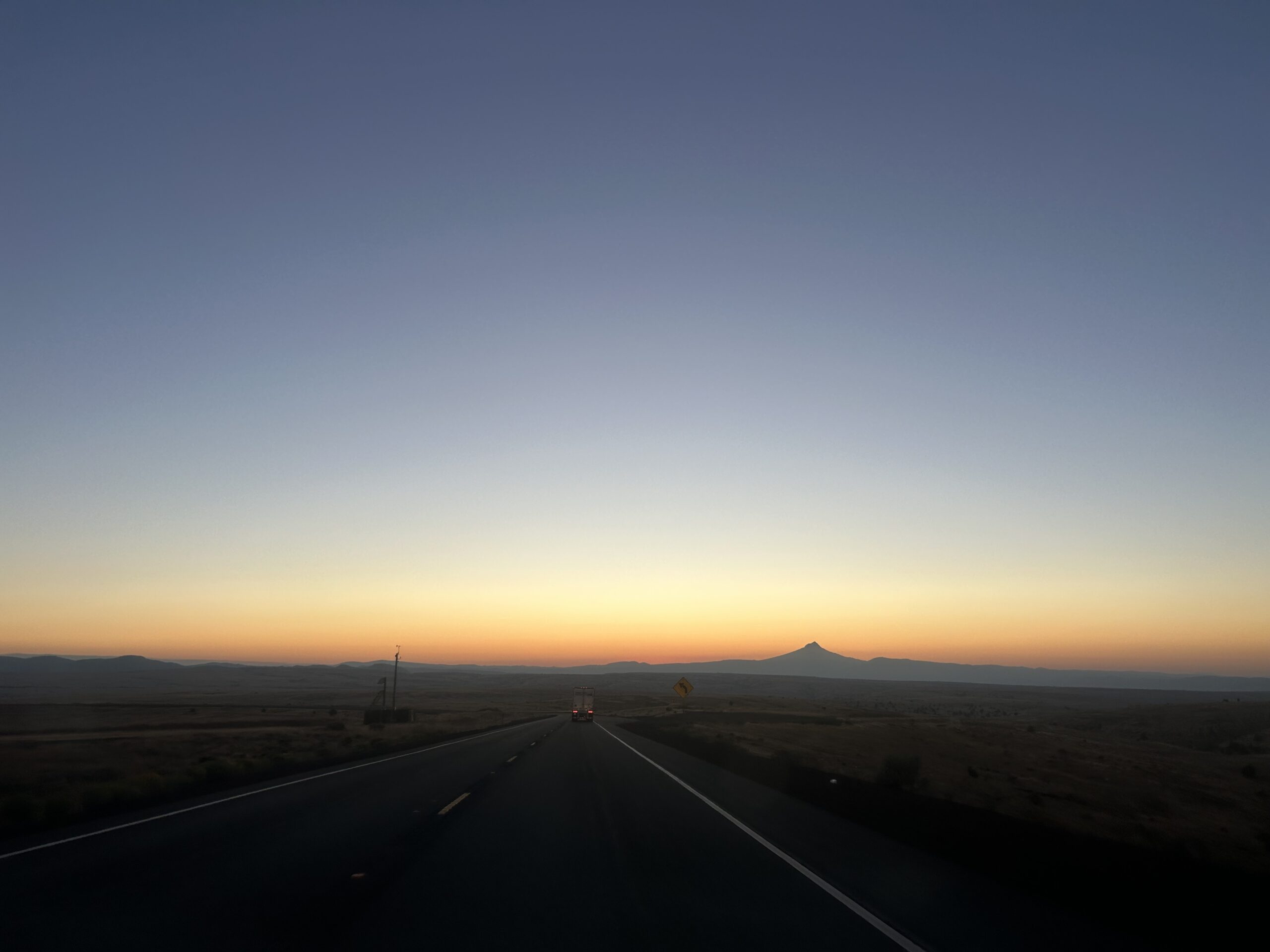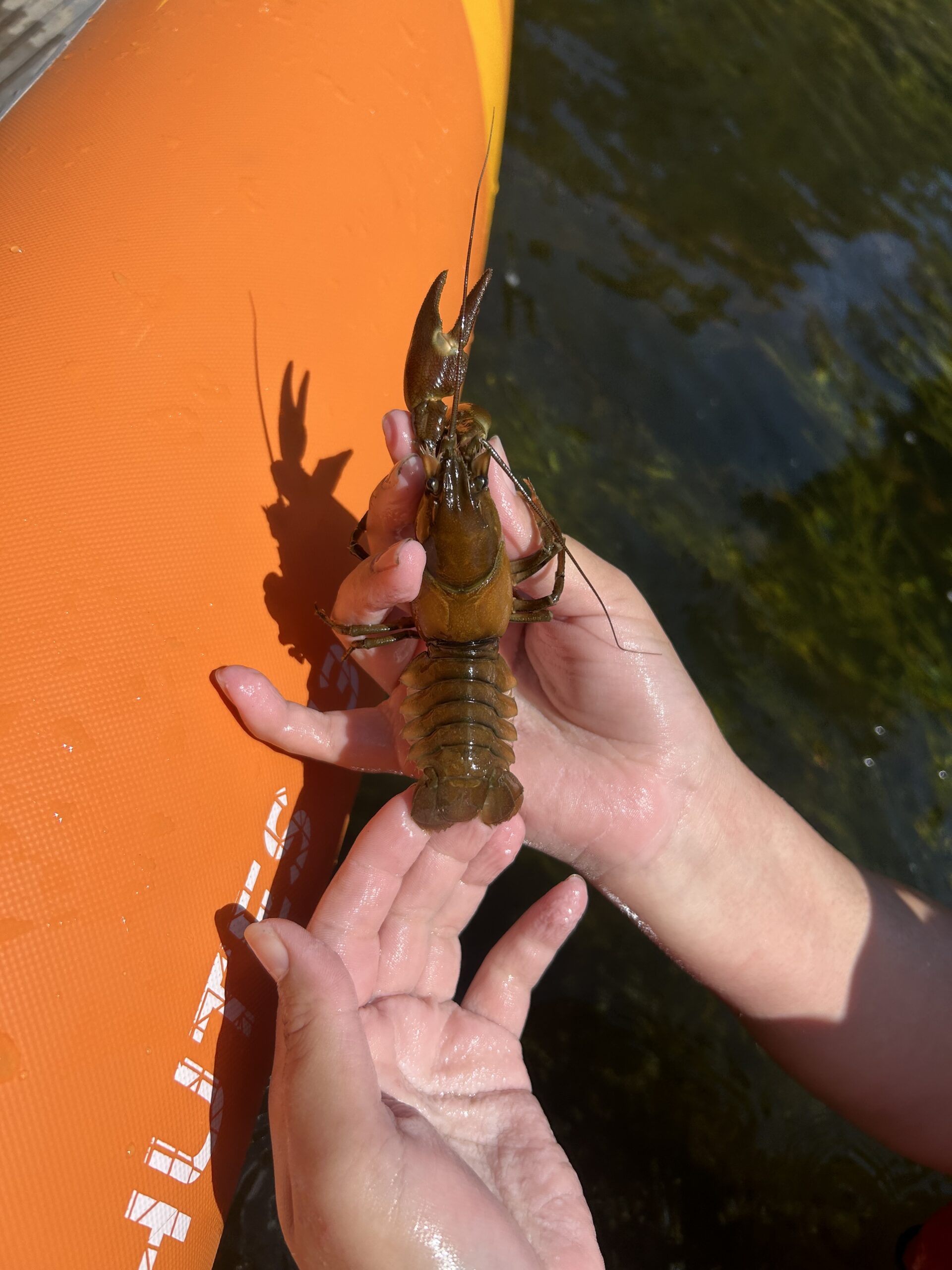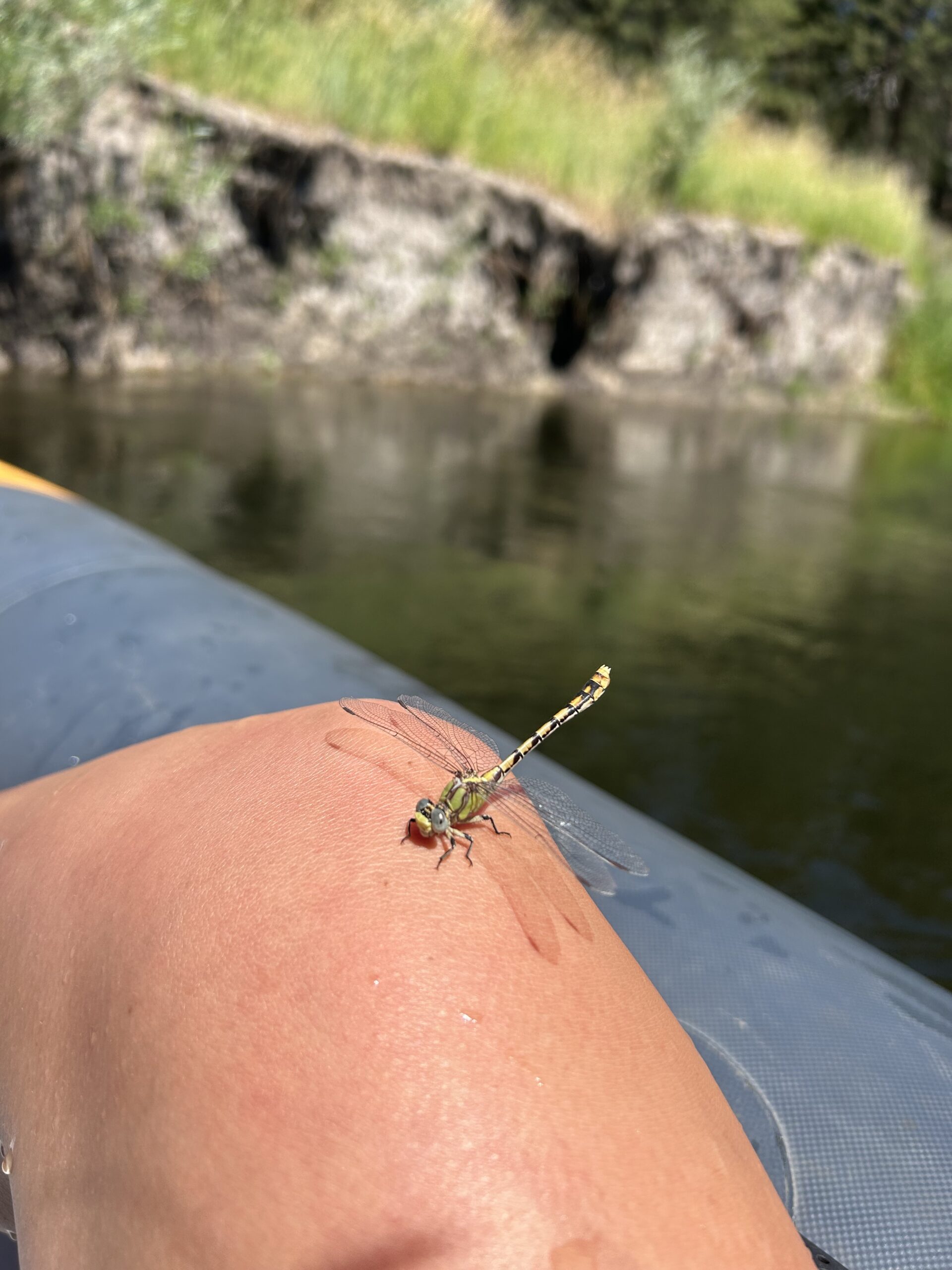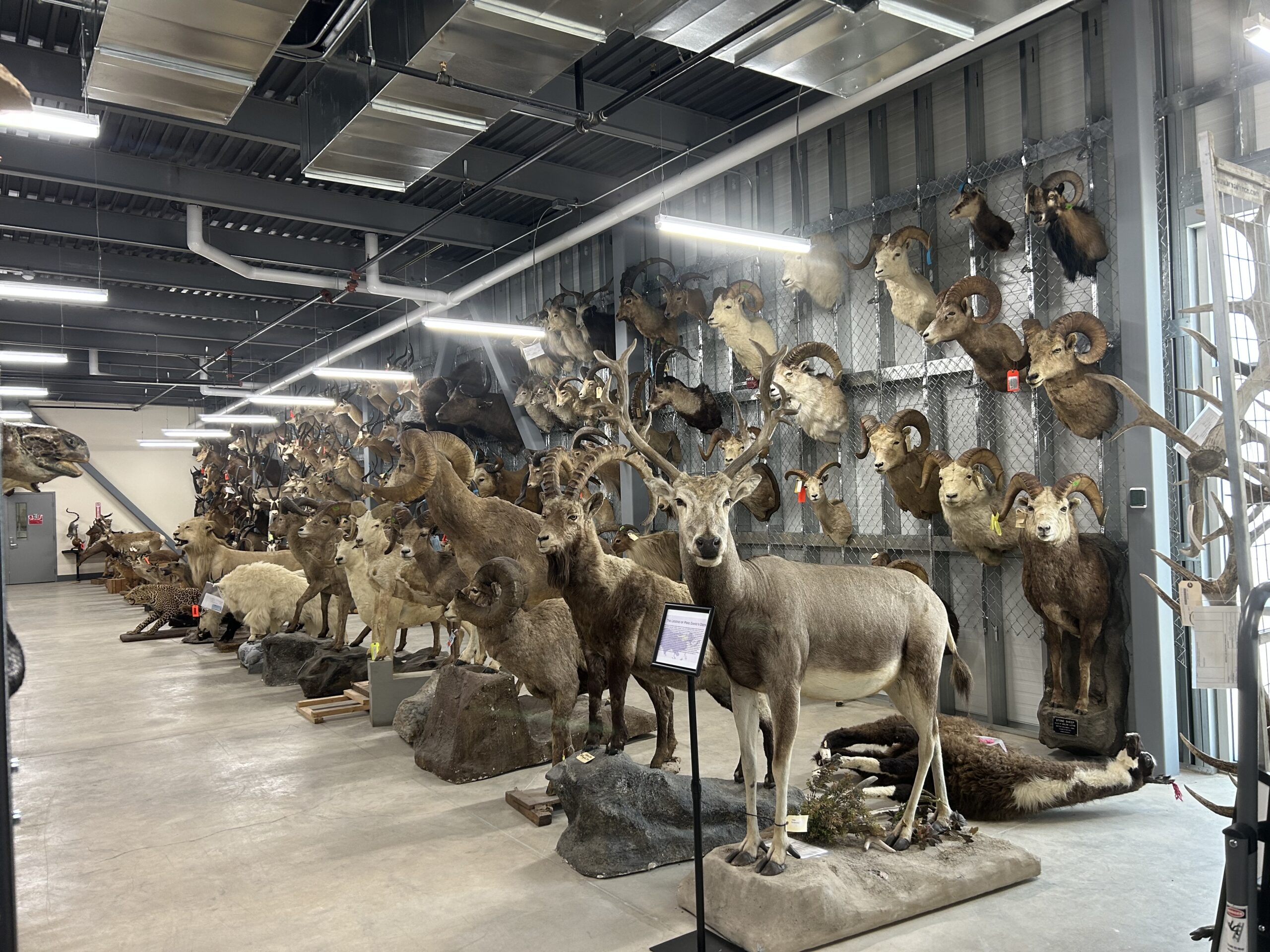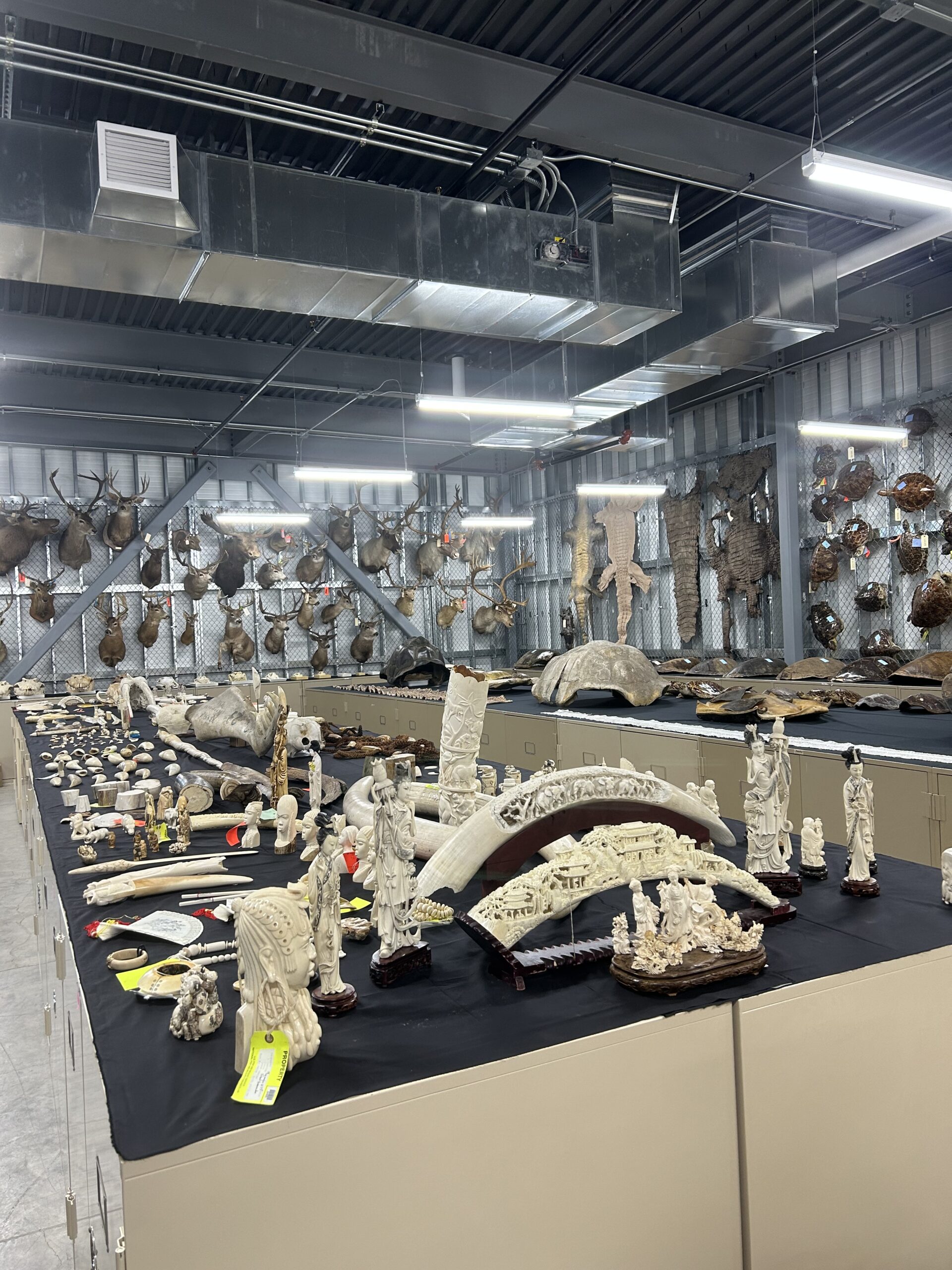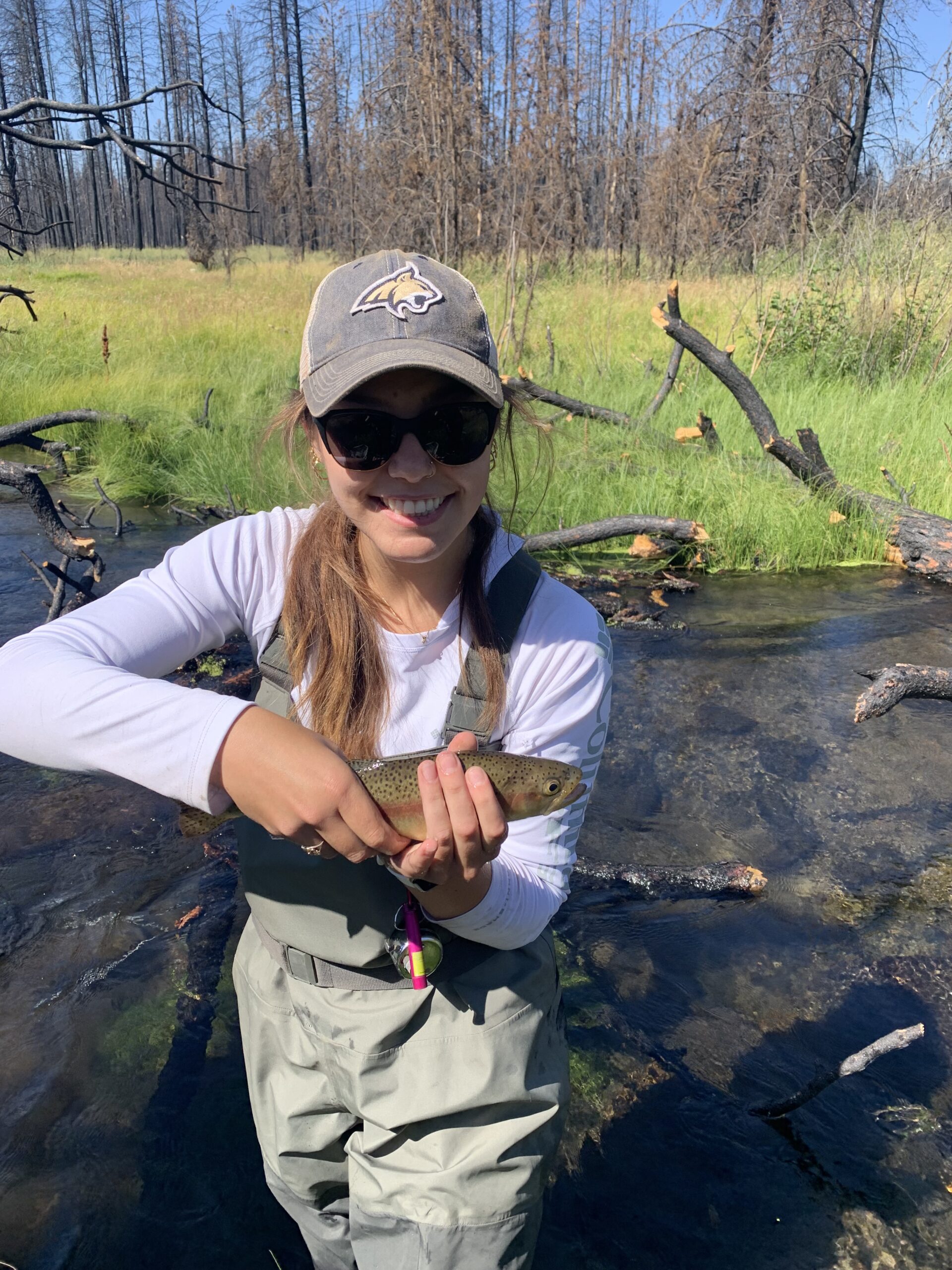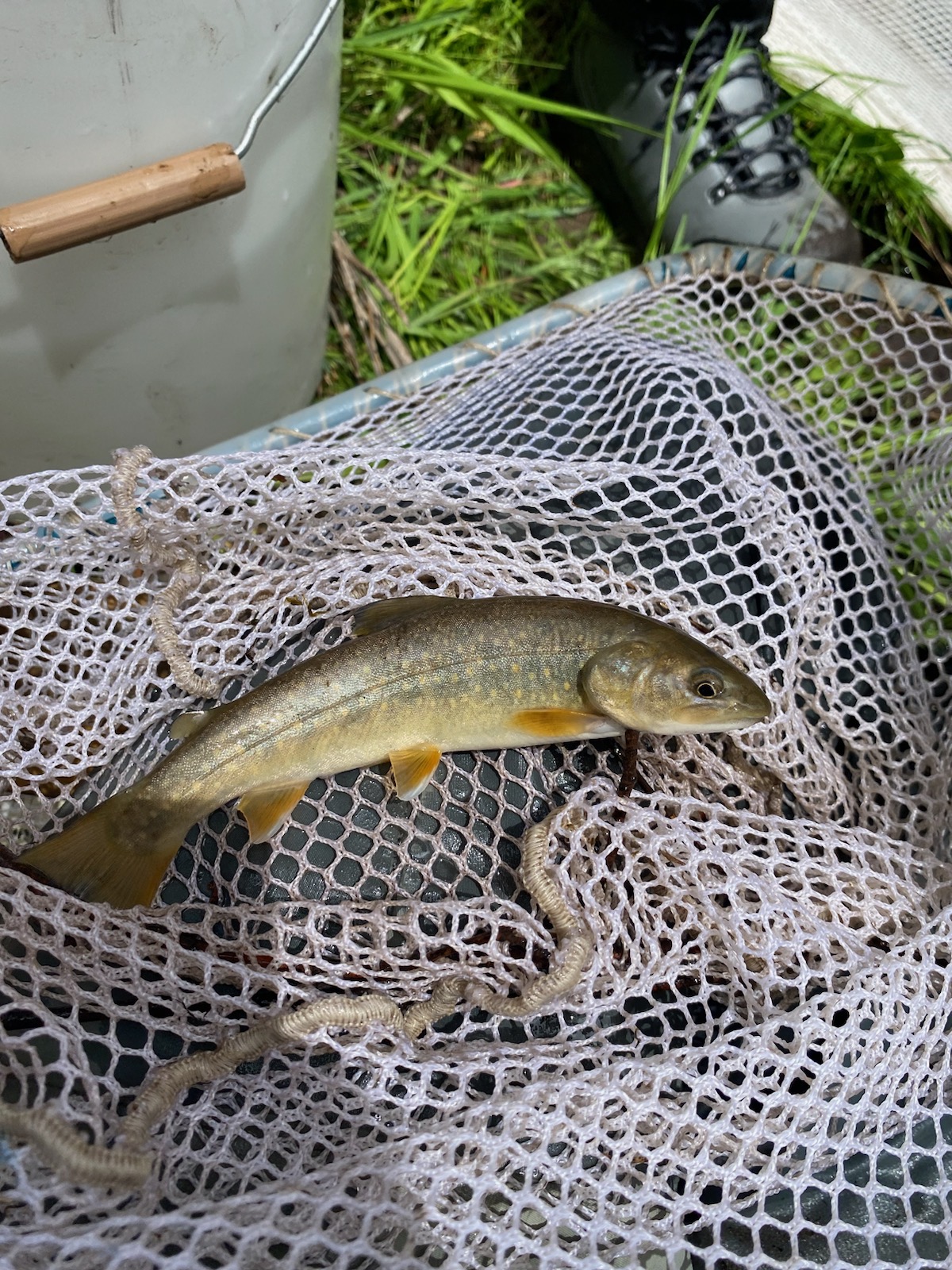Most of our months field activities have been eaten up by the air quality. The fires surrounding us and the variable wind patterns have made predicting good days to go out difficult. However, we did get to assist on brook trout removal at Crater Lake NP, work on a wetland restoration project, and spend a day out with a stream restoration crew. When the smoke wins, we have been working on office projects for a few different biologists and techs.
The Crater Lake project has been ongoing for three seasons now, meaning our brook trout removal was a slow go, but that is a good thing! Only seeing 1-2 fish a day meant the project was meeting its goals, even if it made the days long. We did however get to see some other fun critters and explore parts of the park we would otherwise not get to see.
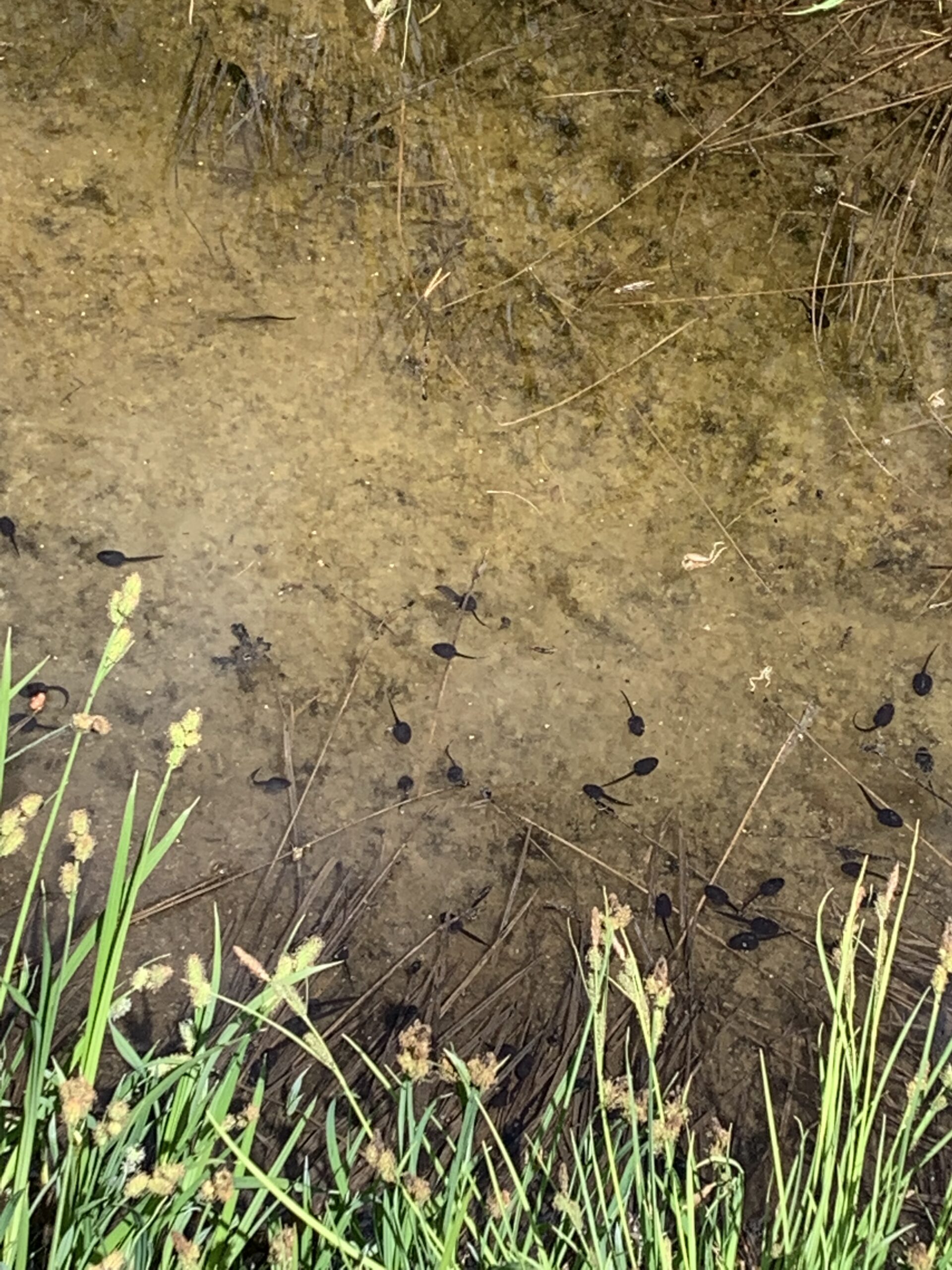
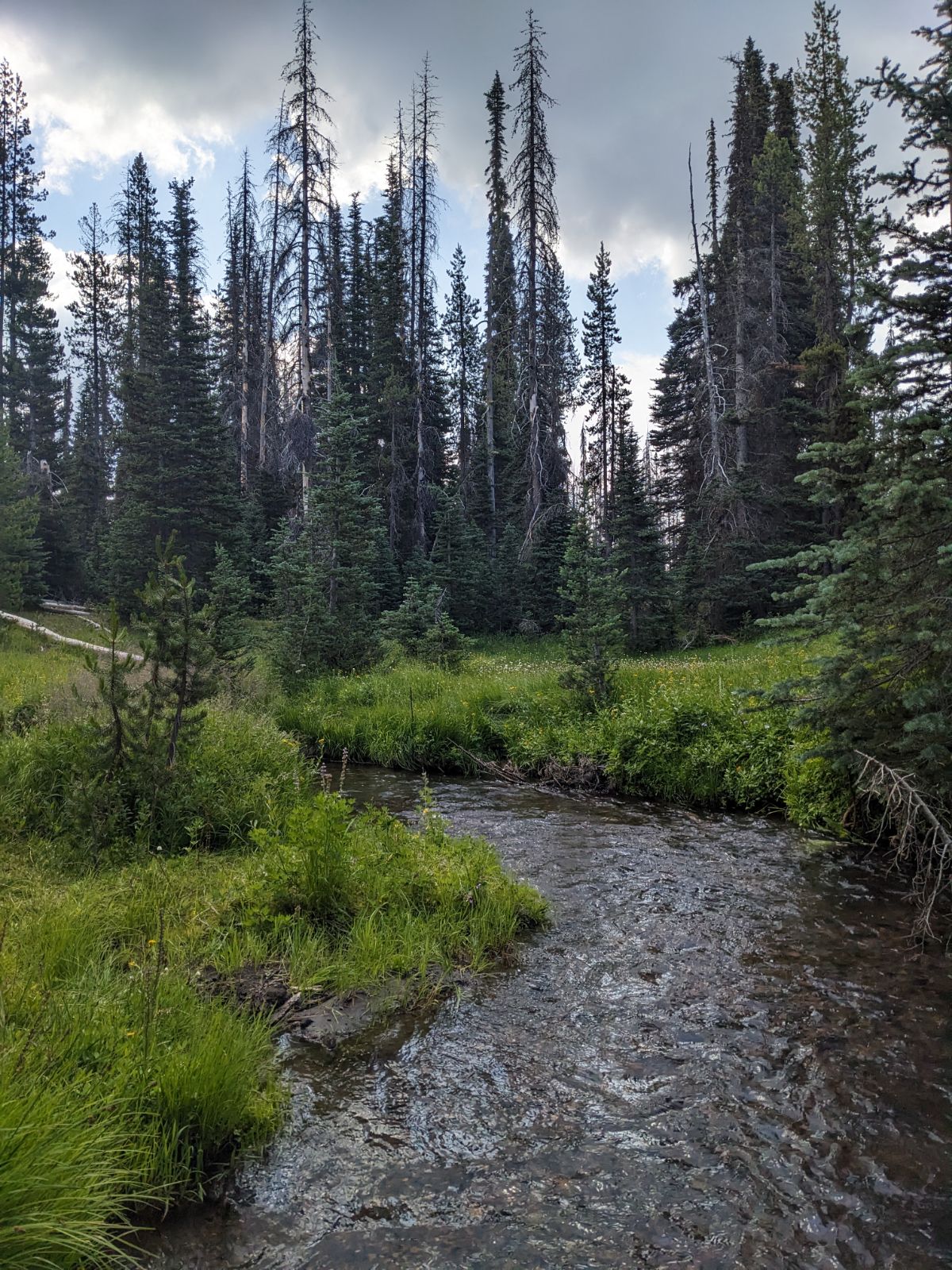
Working on the wetlands restoration project with a partners biologist in the office was one of my favorite things so far this season. It is one of few projects that you get to see the results of quickly, which makes it a super hopeful process! The project not only expanded the wetland area on this property, but also worked to create better fish habitat to the river section flowing through it. The owner communicated that within a few weeks, he had been catching more native fish, so like I said, quick results!
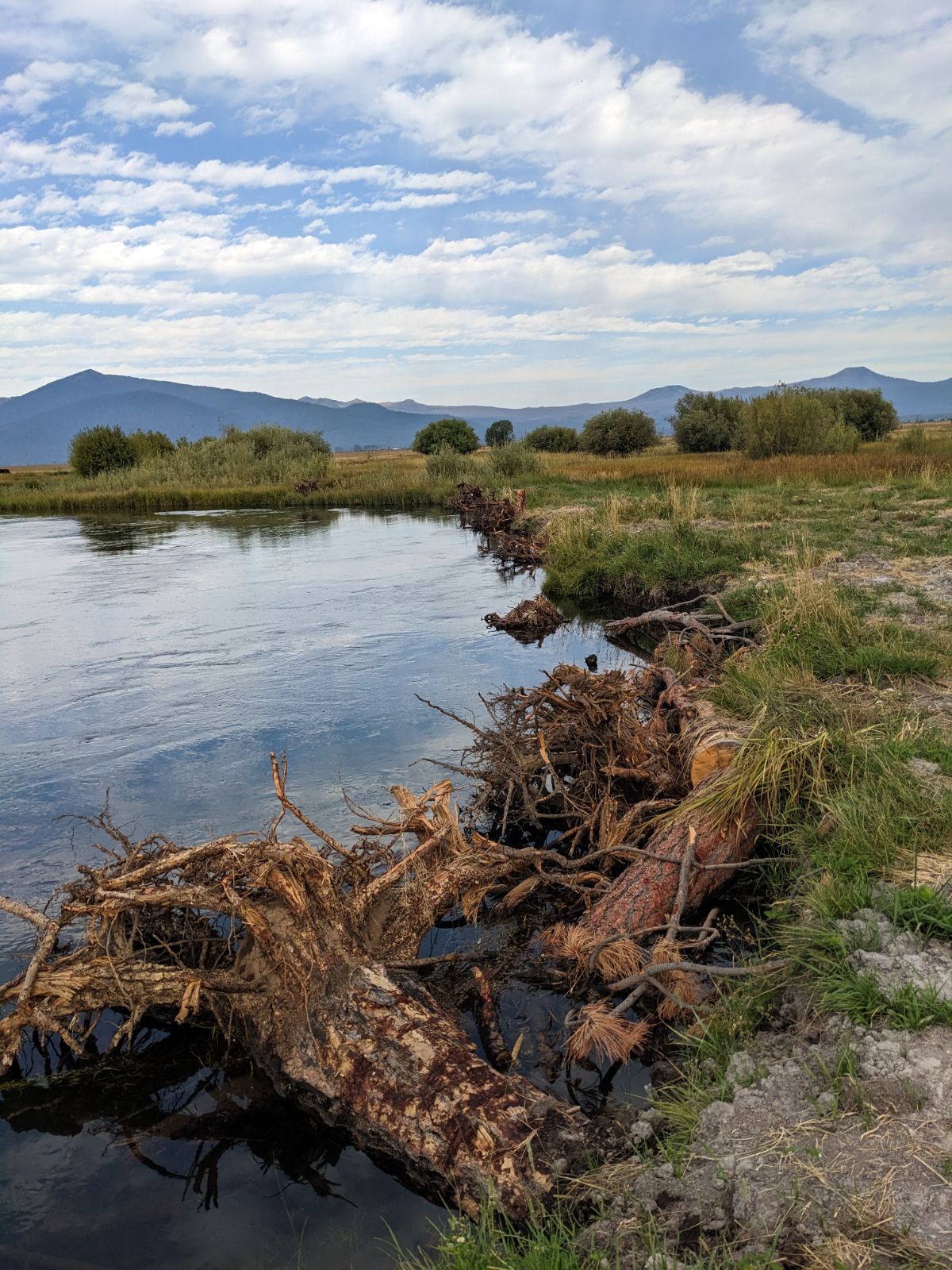
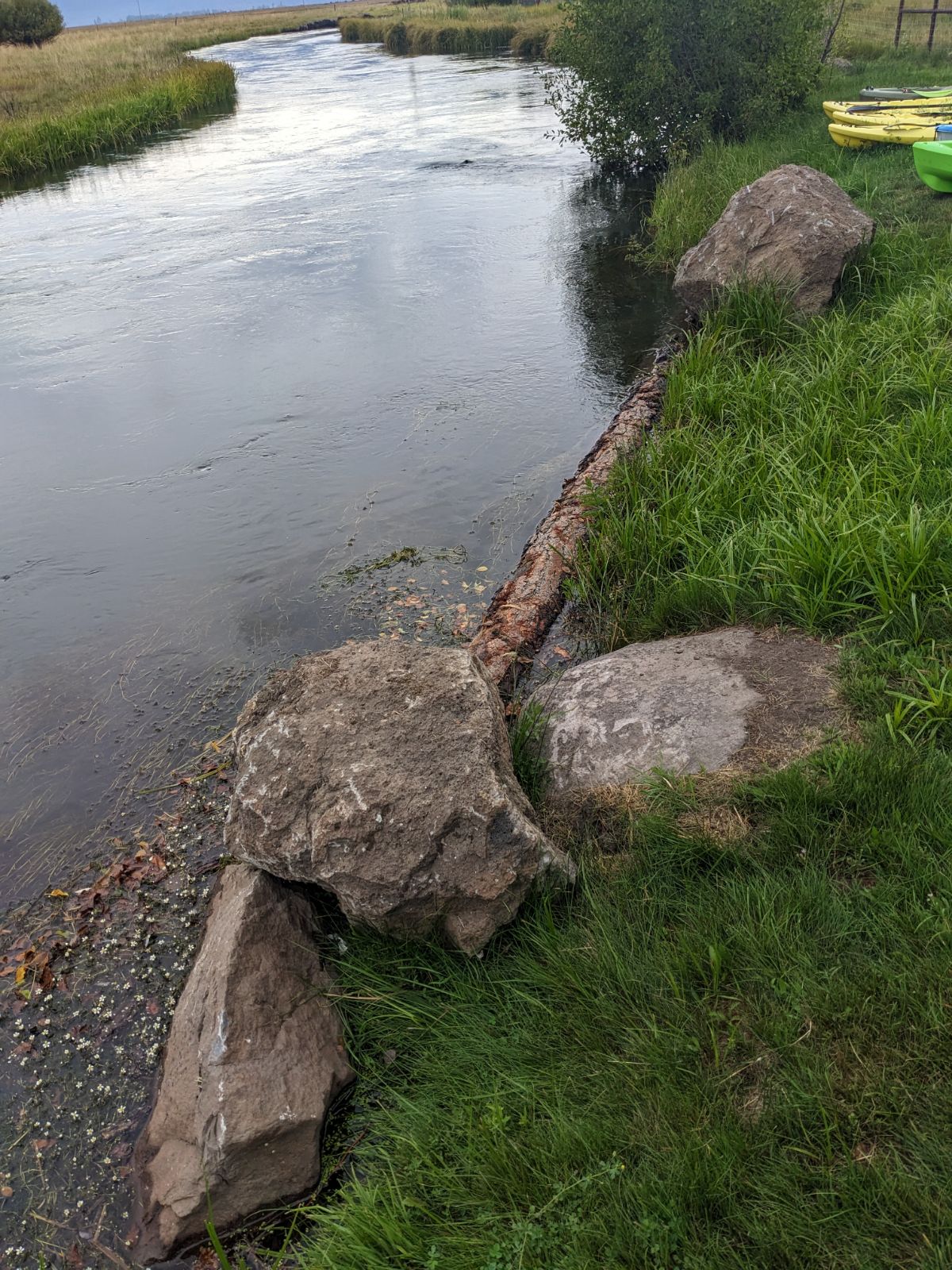
The stream restoration crew we joined was working within the Bootleg Fire burn area on Five Mile Creek. Their project was also to create better fish habit, but from the trees remaining after the fire. This process was super informative in regards to what water can do when you change its flow pattern. We got to help move trees into the creek, build BDAs, and build other flow-changing structures. We had done inventory on this creek before this stream restoration project started, so seeing the changes made within that short period was amazing.
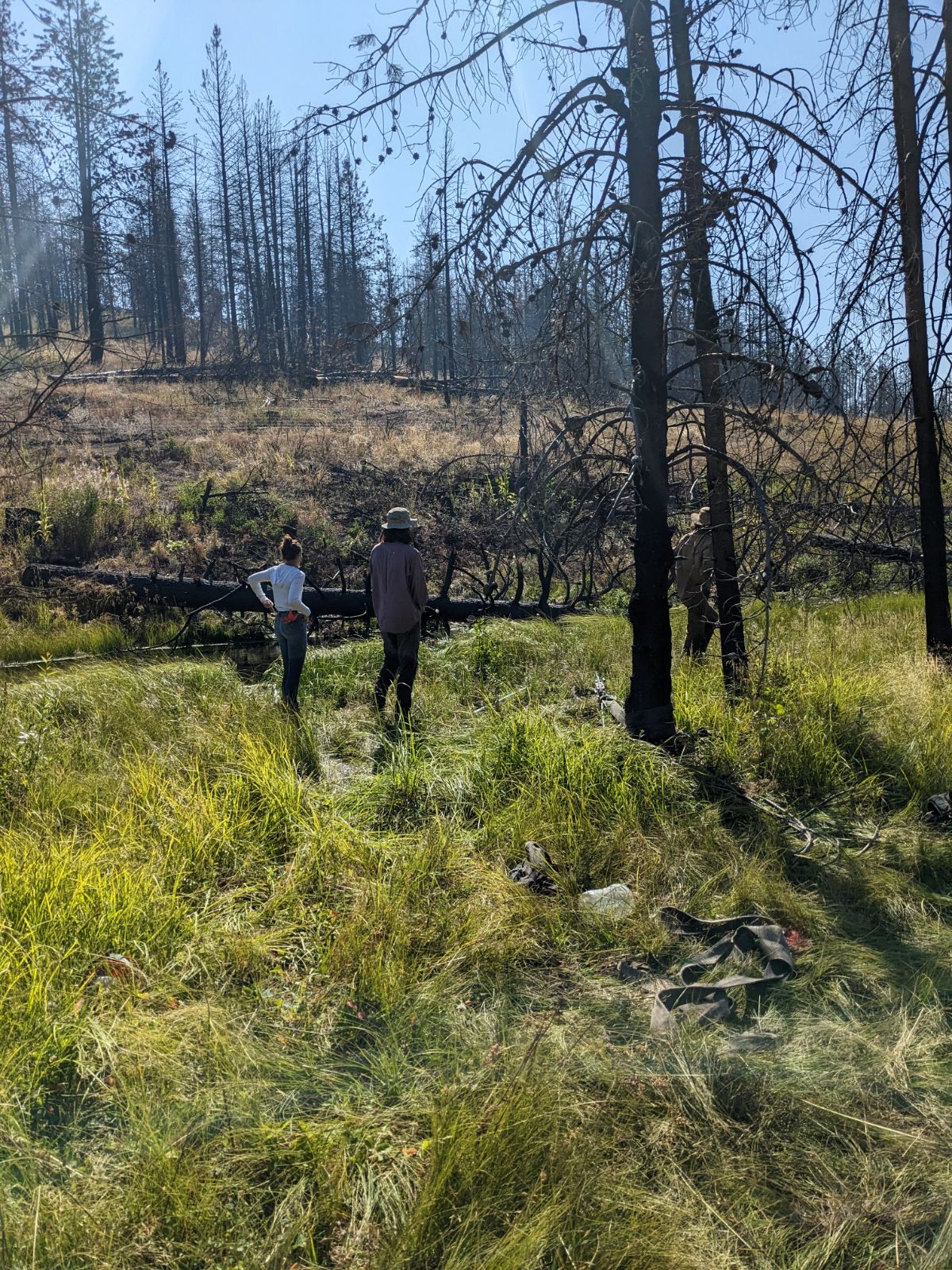
When the smoke won, we got to work in the office on different projects for whoever needed our help. We got the opportunity to work with permits by organizing and filing important information from them, to work on data from the telemetry crew, and the time to work on professional development with different people in the office. Even though this internship was very field work based, I have also loved the office component of it. I am a big picture learning person, so seeing the reasons and the outcomes of the fieldwork we have participated in has been helpful for the knowledge base I was hoping to gain in this position.
